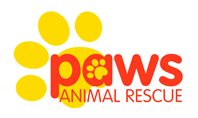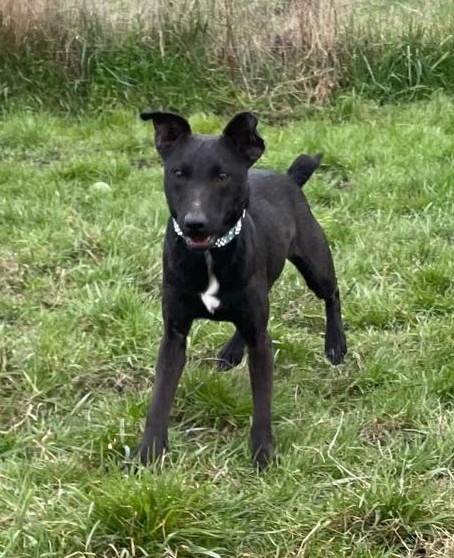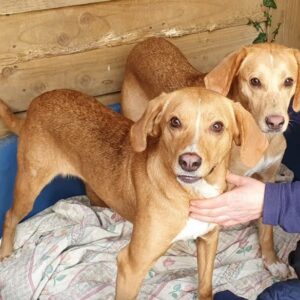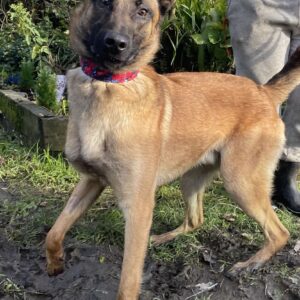A lot of people determine a dog’s tail wag to mean only one thing – happiness. However, this is not always so, context can be everything. A dog wagging his tail is not always a happy dog.
So, what does a tail wag mean? The most accurate interpretation is that the dog is trying to display how they are feeling during an interaction. The thing is, “interact” is a very broad term. Friendly dogs who want to interact by greeting, playing, or snuggling wag their tails, but so do dogs who want to interact by fighting, or biting and threatening.
Observing details of the tail-wagging behavior allows you to make a much better prediction about what it means. To determine if that tail wag is a friendly one, pay attention to how much of the tail and the body are involved in the wag, how fast and how far the tail is wagging, and how much tension is in the tail.
Body language
Generally, the more the wag encompasses the whole body, the friendlier the dog’s intentions. If a dog’s body is loose like a noodle, it usually means they are happy. The full-body wag that extends from the shoulders through the belly to the hips and the tail is the classic, friendly tail wag. An active tail wag that gets the hips swinging is also a likely sign of high sociability. (Bonus: These wags can even be recognized in dogs who have no tails to speak of!) When just the tail moves, the wag may or may not have anything to do with being sociable. When only the tip of the tail moves, the dog is most likely not friendly.
If the tail is wagging low and stiff, it is usually a dog not feeling comfortable or relaxed. We see this when dogs are interacting on first greetings. The most important thing to note is context is everything and respect the wag is a communication tool. It is as important as ears, body placement and growling to what a dog is trying to tell you.





